Rose pests and diseases: 5 common problems and solutions for these plants
Get your best blooms yet with our advice on rose pests and diseases
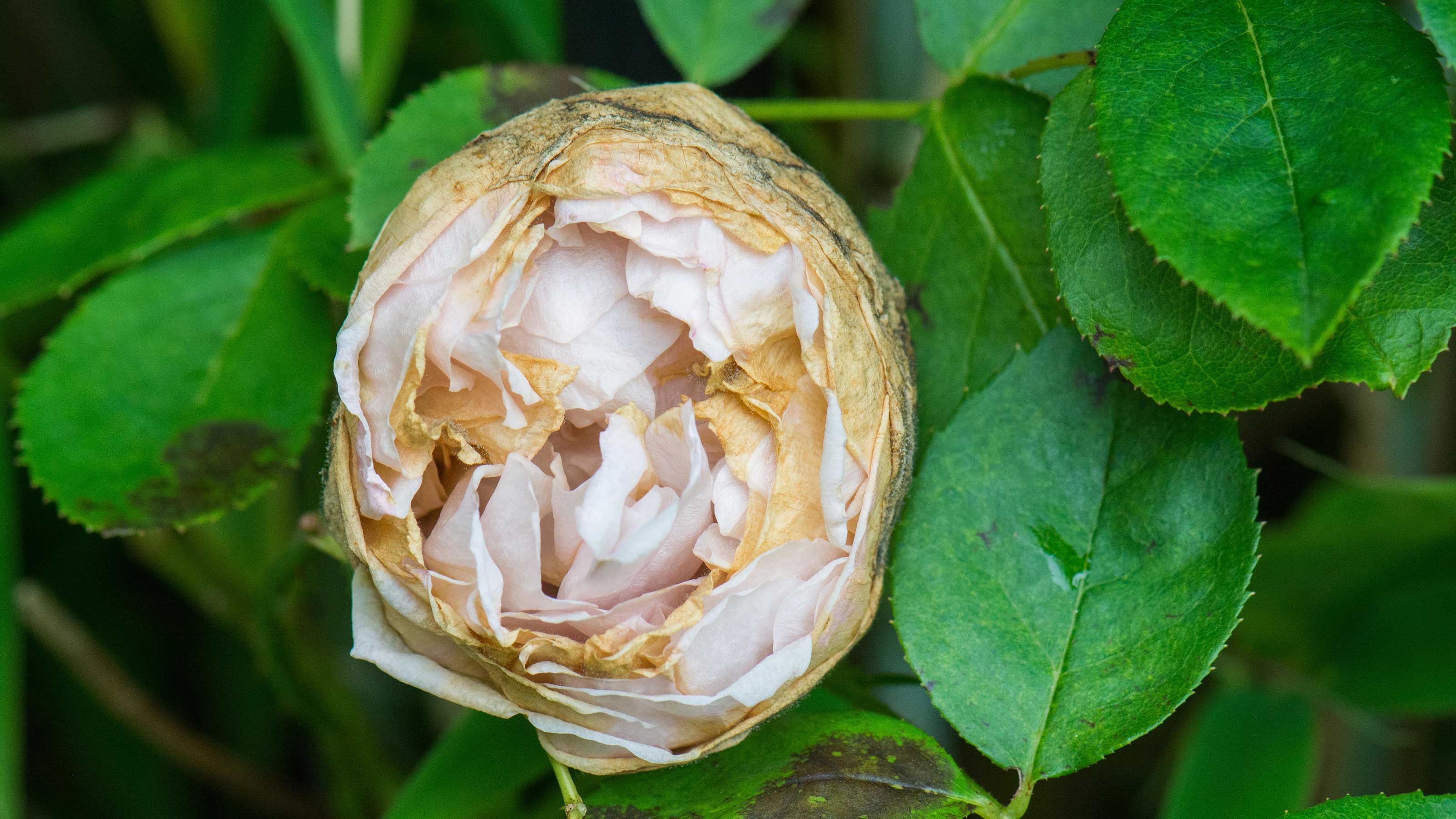

Getting in the know about the common rose pests and diseases is crucial if you want the best chance at growing success. After all, it's good to know what to look out for, as the quicker you spot problems the quicker you can treat them.
Although rose care doesn't have to be overly tricky, these classic garden plants are prone to some complications. Luckily, most can be treated, so don't let them put you off adding them to your scheme. With their beautiful fragrance and romantic, cottage-garden aesthetic, there's good reason why they're many gardeners' favorite bloom.
5 rose pests and diseases to look out for
We've brought together advice on some of the most common ailments that roses can suffer from, to help keep your plants looking tip-top.
And, if you're looking for information on rose black spot, our dedicated guide will come in handy.
1. Rust disease
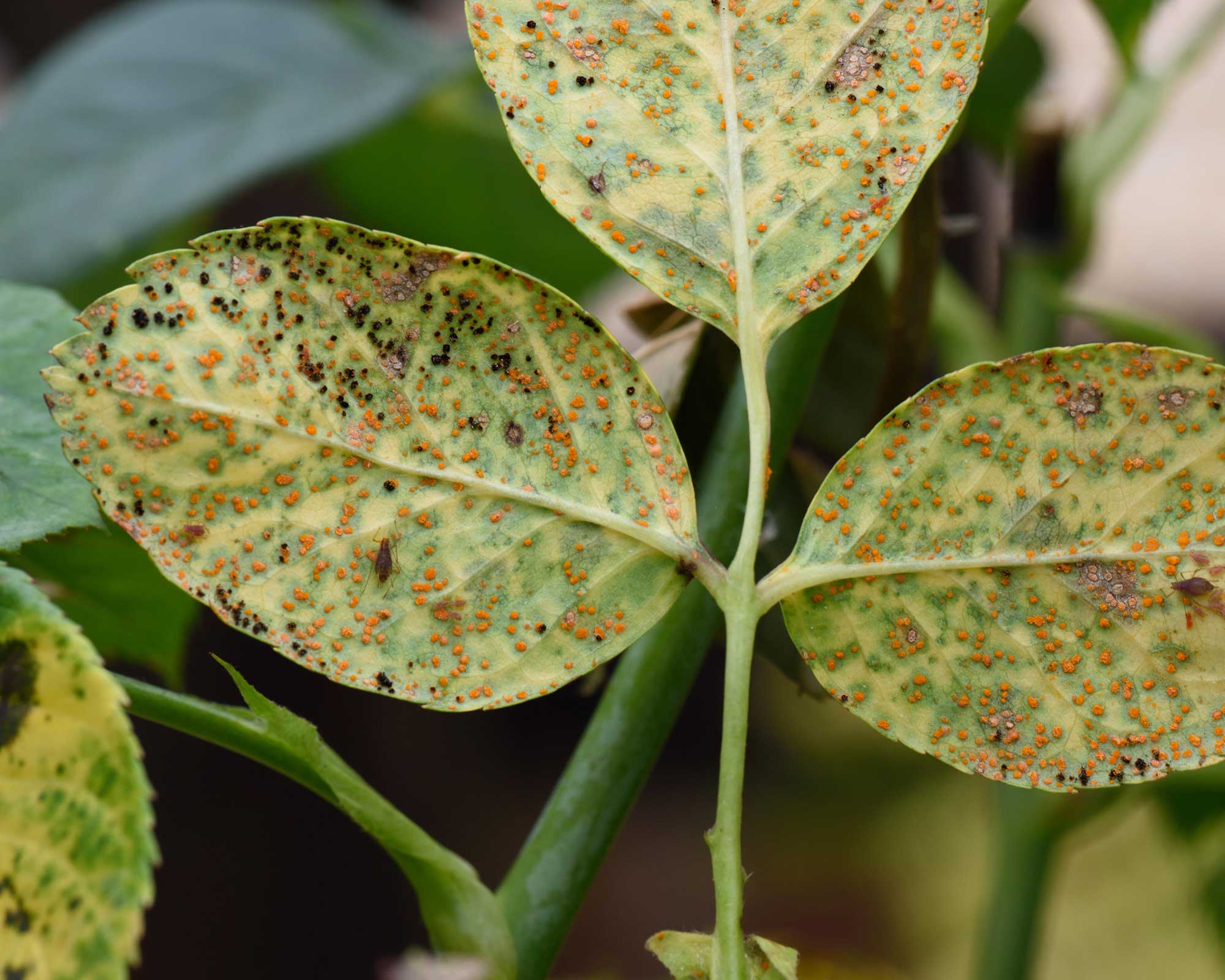
Rose rust causes orange and black markings
Rust is a fungal disease that causes orange and black blemishes on the underside of the leaves and stems of roses. It can also cause leaves to fall prematurely.
John Negus, a gardening expert for Amateur Gardening magazine, advises treating affected plants by spraying them with a systemic insecticide and fungicide such as RoseClear Ultra, available on Amazon, and then collecting and burning affected leaves. 'New growth will be healthy,' he says.
You can help prevent it by sprinkling sulfate of potash over the root area of your plants from mid-spring to early fall, he adds. Some modern types of roses are also resistant to this problem, so bear this in mind when choosing plants for your garden.
2. Leafhoppers
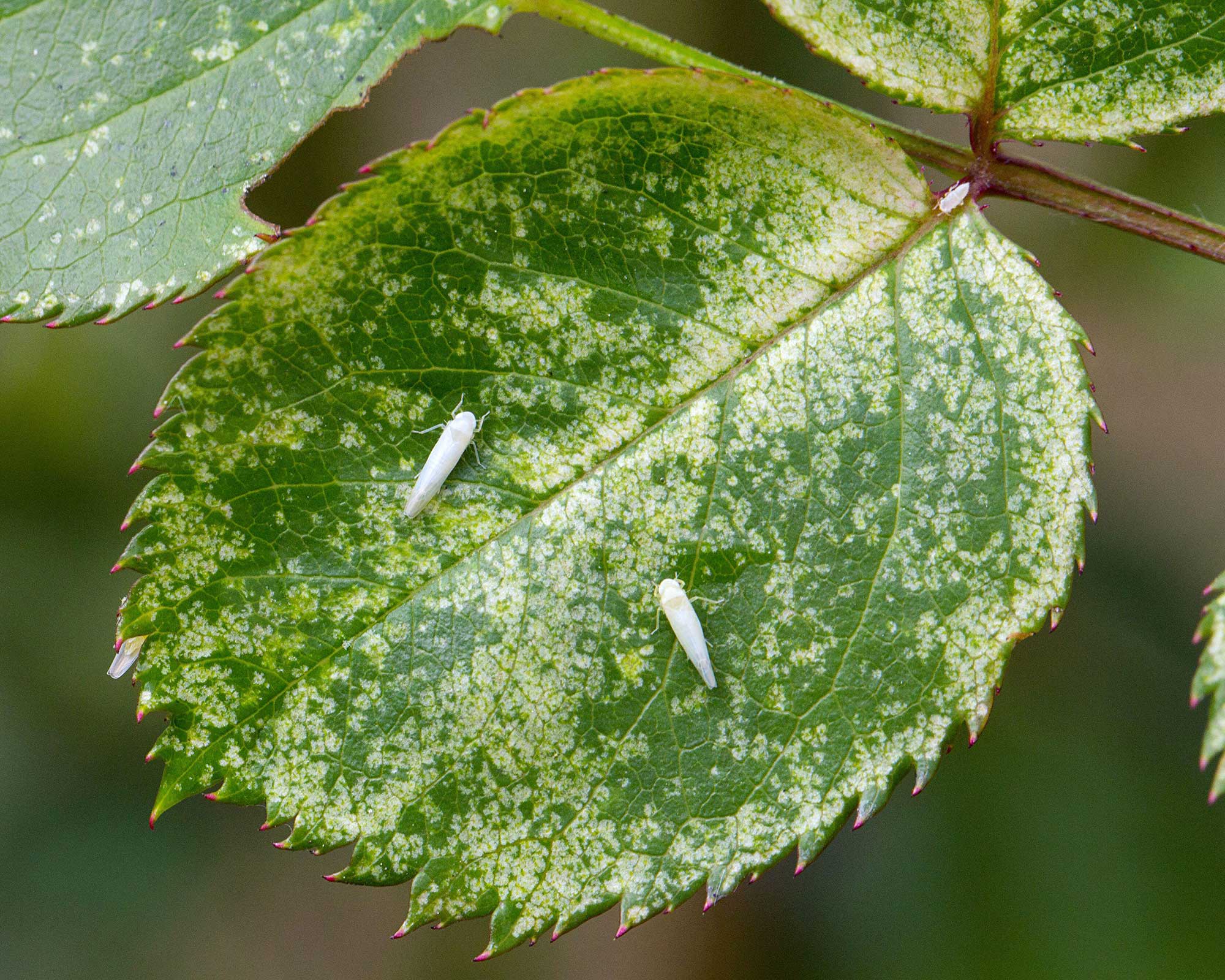
Leafhoppers usually don't cause too much serious damage to roses
Rose leafhoppers feed on rose leaf surfaces, creating a finely mottled effect. Damage is worse in long, dry summers, explains John, and often results in premature leaf fall.
Using wildlife garden ideas to encourage predatory insects and other creatures to your plot, such as birds and ladybirds, can help prevent infestations. You can also tackle them with pesticides, but fundamentally, leafhoppers are usually not too much of a cause for concern and, in many cases, can be tolerated.
3. Rose balling
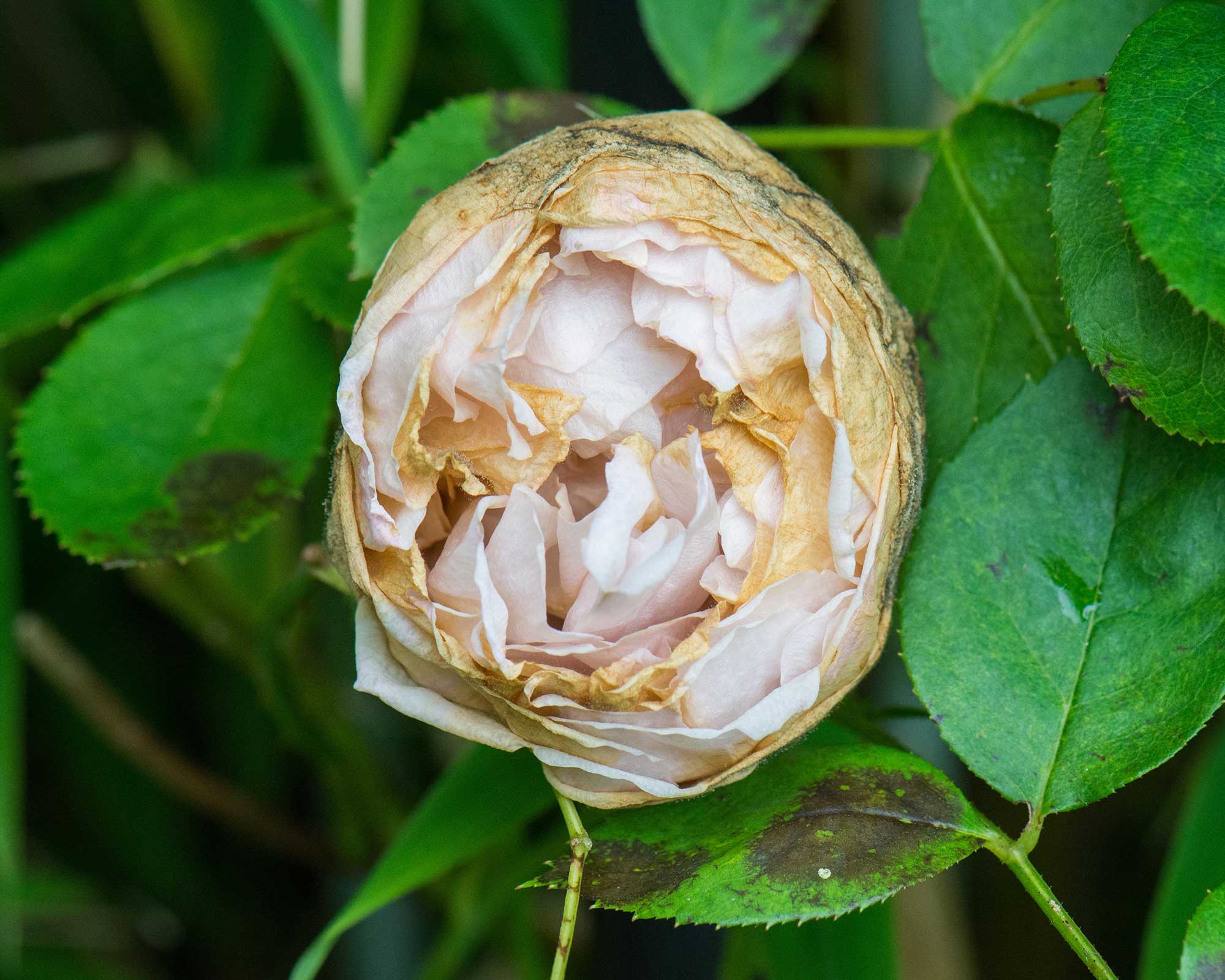
Rose balling is a common condition with 'double' varieties
If you've noticed your roses becoming withered with brown patches and buds failing to open properly, it could be a problem called 'rose balling'. This is especially common in double varieties, and can affect peonies, too.
'It often occurs when wet weather is followed by hot sunshine,' explains Christine Walkden, a gardening expert from Amateur Gardening.
'The outer petals of the rosebuds become scorched and papery, and distort the inner petals as they open out. The bud and flowers may then be infected with gray mold.
'There is no treatment for the problem other than pruning out the affected buds,' she continues. 'You can also help your roses by avoiding watering in bright or hot sunshine, so try watering in the evenings instead.'
John Negus says that avoiding splashing the flower buds when watering your roses can help, too. Planting them where there is good air circulation can also be beneficial in preventing rose balling, as any rain that adheres to the leaves and petals will dry quicker.
Another way to help prevent this problem is to feed your rose with sulfate of potash in mid-spring and continue monthly until early fall, he adds. 'Water it in and it will help new growth resist adverse weather conditions.'
4. Sawfly
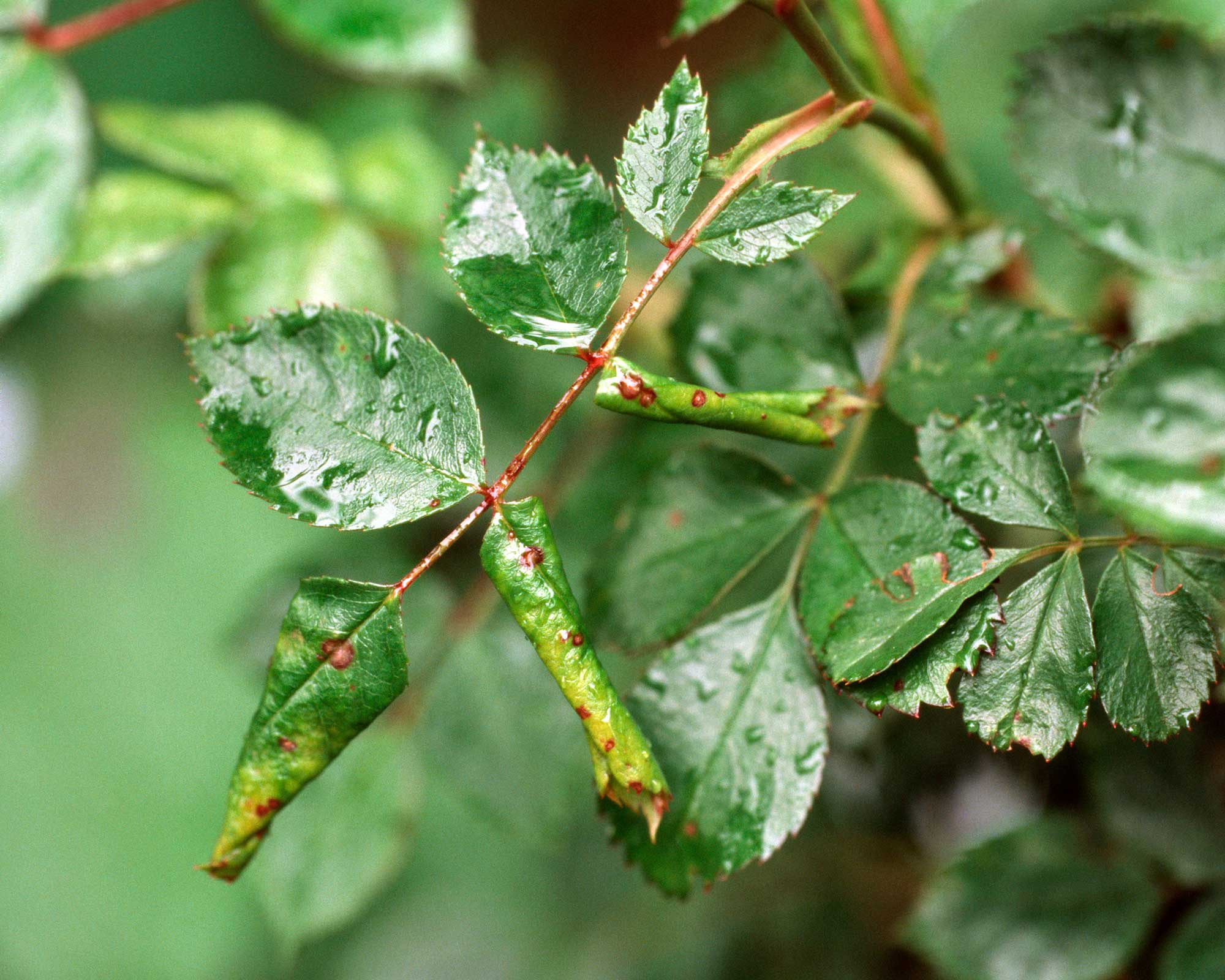
Sawfly are one of the most damaging pests to roses
Sawfly is generally seen as one of the more troublesome rose pests.
'The adult lays her eggs inside the soft stems of roses, which then split open leaving long scars on the stems,' says John.' Once hatched, the green larvae feed voraciously on the leaves.' Damaged leaves roll inwards along their length, and remain that way for the rest of the season.
To treat this pest, remove affected stems, remove the larvae by hand, or use an insecticide spray in early summer, following the manufacturer's instructions carefully. 'Do not spray once the rose is in flower to avoid harming pollinating insects,' says John.
If the leaves on your roses are already affected, remove and burn them.
'Some varieties, such as "Peace", "Albertine", "Masquerade", and "Queen Elizabeth" are more susceptible to attack than others,' he adds.
Other problematic pests for roses include aphids, but our guide on how to get rid of aphids can help tackle them.
5. Powdery mildew
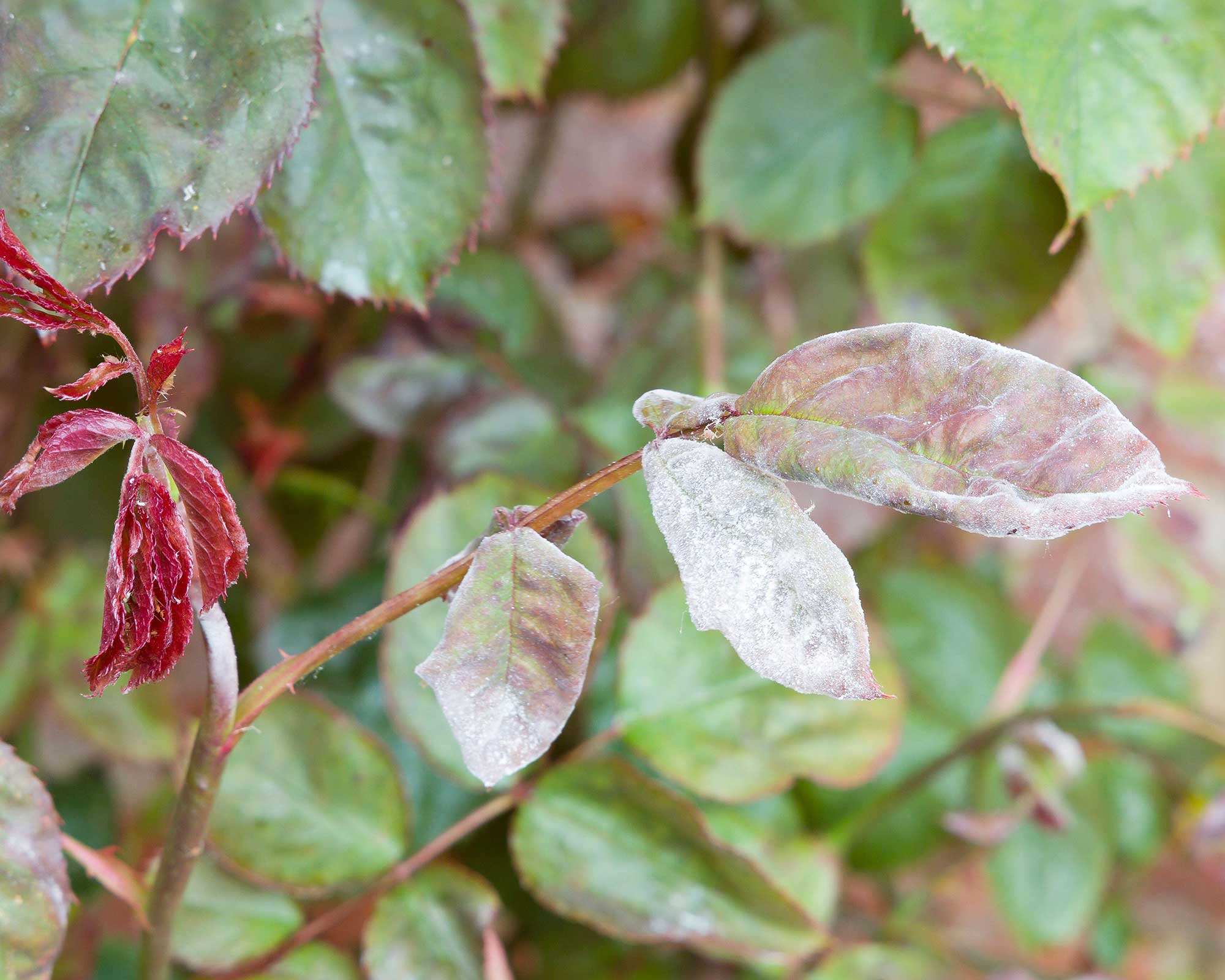
Powdery mildew can be treated with fungicide
If your rose plants have become covered in a grayish-white, powdery coating, they are likely to be suffering from powdery mildew. It's a common disease caused by the fungus Podosphaera pannosa, and can affect the plants' vigor. Humidity increases the risk of it developing, as can drought-stress.
You can help prevent this problem by making sure you plant your rose in the optimal position. This means providing good air circulation around it, ensuring it gets enough sunshine throughout the day, and making sure the soil is moisture-retentive but well-draining.
Treat it by pruning out affected areas and disposing of them as soon as you spot the problem developing, says the RHS. During routine rose pruning in spring, it's also best to cut out shoots showing larger patches of mildew around the thorns.
You can also treat powdery mildew with a fungicide, following manufacturers' instructions.

The garden was always a big part of Holly's life growing up, as was the surrounding New Forest where she lived. Her appreciation for the great outdoors has only grown since then. She's been an allotment keeper, a professional gardener, and a botanical illustrator – plants are her passion.
